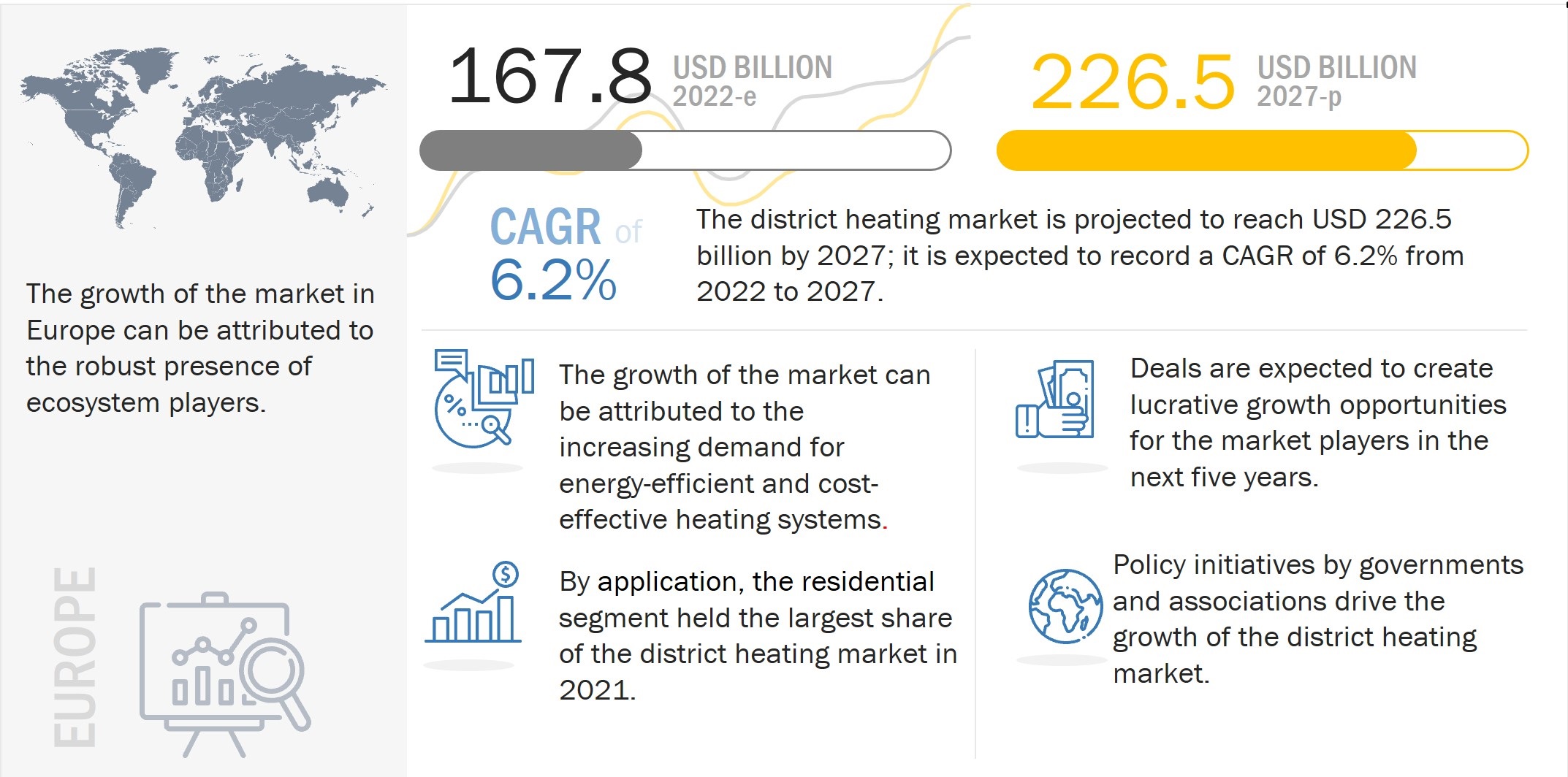Attractive Opportunity: Supercharge your Visualizations
The
major factors driving the growth of the digital textile printing
industry include the growing demand for sustainable printing; increasing
demand for digital textile printing in the garment and advertising
industries; shortening lifespan and faster adaptability of fashion
designs; development of new technologies in the textile industry;
reduced per unit cost of printing with digital printers, and growth of
the e-commerce industry.
Have a glance of the ReportDownload PDF@https://www.marketsandmarkets.com/pdfdownloadNew.asp?id=69083468
Industry Trends of the Global Digital Textile Printing Market:
1. The major factors driving the growth of the market include the
growing demand for sustainable printing; increasing demand for digital
textile printing in the garment and advertising industries; shortening
lifespan.
2. Faster adaptability of fashion designs;
development of new technologies in the textile industry; and reduced per
unit cost of printing with digital printers.
3. The market
for roll to roll printing process held the largest market share in 2017.
In 2017, the roll to roll printing process accounted for more than
two-third of the digital textile printing market.
What are the Driving Factors of Evolution of technologies and consolidation of Digital Textile Printing Market ?
The digital textile printing market was valued at USD 1.67 Billion in 2017 and is expected to reach USD 2.31 Billion by 2023, at a CAGR of 5.59% during the forecast period.
Roll to Roll printing process expected to hold the largest market share by 2023
The roll to roll printing process is expected to hold the largest share of the digital textile printing market during the forecast period. Currently, the roll to roll printing process accounts for more than two-thirds of the digital textile printing market and is majorly used in textile & decor, soft signage, and industrial applications. The major applications in textile & decor are home textile, upholstery, linens, drapery, scarves, ties, bags, sportswear, footwear, clothes, interior decor, etc. Applications in the soft signage and industrial segments include carpets, posters, banners, flags, vehicle wrapping, wallpaper, building material, POS display, etc.
Digital Textile Printing Market : Top Leading Companies Profiles Key Benefits For Stakeholders:
Direct to Garment application to grow at highest rate during forecast period
The direct to garment application is estimated to register the highest CAGR during the forecast period. Fast moving fashion cycles, cost advantage on short run cycles, creative designs, quick time to market for new trends, reduced wastage, and low power consumption are some of the major factors which will drive the market for direct to garment applications. According to industry experts, the future of fashion is all about customization.
Major players in the Digital Textile Printing Market are Aeoon Technologies GmbH (Austria), ATPColorSrl (Italy), Bordeaux Digital PrintInk Ltd. (Israel), Durst Phototechnik AG (Italy), Hollanders Printing Systems B.V. (Netherlands), Kornit Digital (Israel), SPGPrints B.V. (Netherlands), Brother International Corporation (Japan), Colorjet Group (India), d.gen Inc. (South Korea), Konica Minolta, Inc. (Japan), Mimaki Engineering Co., Ltd. (Japan), Mutoh Holdings Co. Ltd. (Japan), Ricoh Company Ltd (Japan), Roland DG Corporation (Japan), Seiko Epson Corporation (Japan), DuPont (US), Electronics For Imaging, Inc. (US), and Huntsman International LLC (US).
Digital Textile Printing Market - Geographical Regional Vision by MarketsandmarketsTM
Europe likely to hold the largest share of digital textile printing market during forecast period
Europe is expected to hold the largest share of the digital textile printing market during the forecast period owing to the economic recovery and increased growth in the printing industry. Digital textile printers are increasingly being deployed in Europe to meet the need for faster turnaround times, shorter runs, and more variable data printing with high quality. The use of digital textile printers in the fashion industry is another factor driving the growth of this market in this region.
Regions & Countries Covered:
North America - (U.S., Canada, Mexico)
Europe - (U.K., France, Germany, Italy, Spain, Rest of Europe)
Asia Pacific - (China, Japan, India, South Korea, South East Asia, Rest Of Asia Pacific)
Latin America - (Brazil, Argentina, Rest Of Latin America)
The Middle East & Africa - (GCC Countries, South Africa, Rest Of the Middle East & Africa)
About MarketsandMarkets™
MarketsandMarkets™
provides quantified B2B research on 30,000 high growth niche
opportunities/threats which will impact 70% to 80% of worldwide
companies’ revenues. Currently, servicing 7500 customers worldwide
including 80% of global Fortune 1000 companies as clients. Almost 75,000
top officers across eight industries worldwide approach
MarketsandMarkets™ for their pain points around revenues decisions.
Contact:
Mr. Aashish Mehra
MarketsandMarkets™ INC.
630 Dundee Road
Suite 430
Northbrook, IL 60062
USA : 1-888-600-6441
